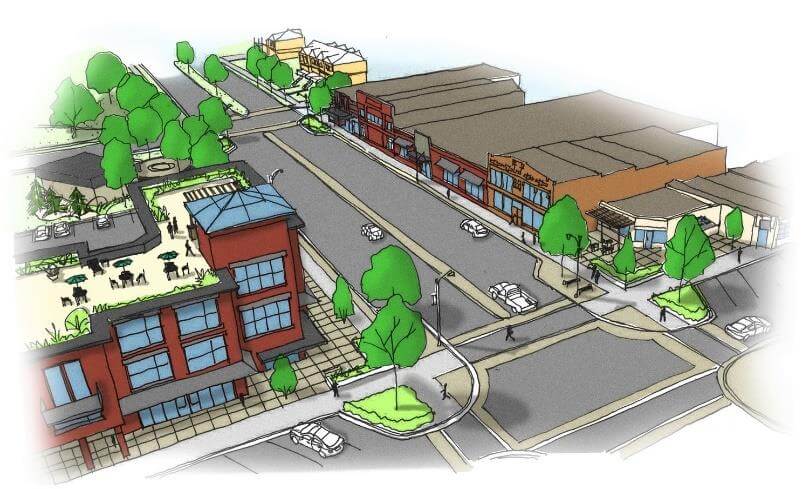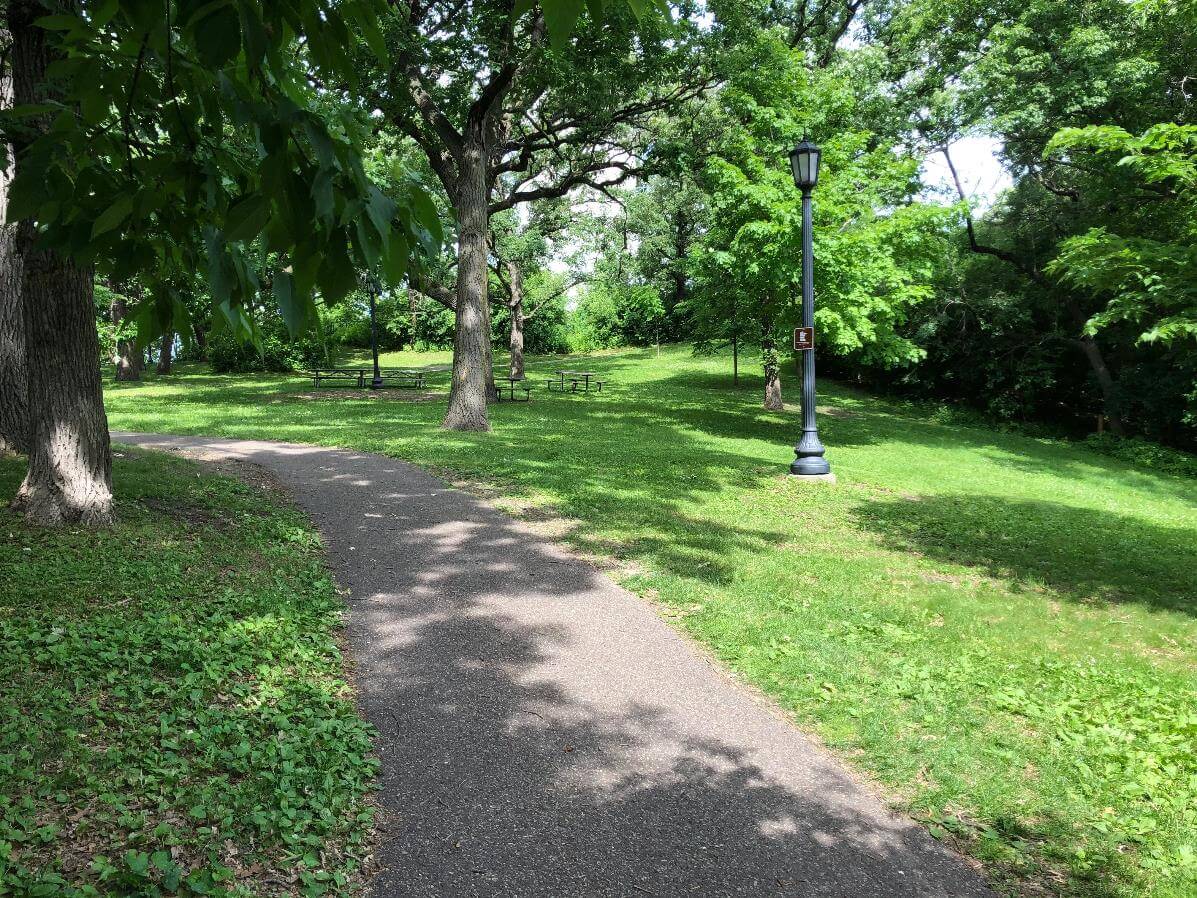Feeling at Home

Have you ever been to a place that just felt good, a place that you really enjoyed and felt like calling home? There is little doubt this location had a great deal of time poured into it by a lot of people. They came together, possibly spanning several generations, they collaborated, and they planned the space out with an idea of what they wanted for their area and what they wanted it to represent. This planning process put lite controls in place and focused on collaboration through community engagement. Yes, the location formed organically, but it was a controlled organic process. This process is referred to as placemaking.
Defining Placemaking
Placemaking refers to the practice of transforming a space into a destination or community gathering spot. It is a way of creating a sense of belonging and identity for residents and visitors. This can be achieved through various activities such as design, branding, and community engagement. Placemaking considers the cultural and social characteristics of a community and incorporates them into the physical environment.
In economic development, placemaking plays an important role in attracting businesses and retaining talent. Businesses are attracted to vibrant and livable communities with a unique character and identity. Placemaking can help create these communities by developing public spaces that are designed for both functionality and aesthetic appeal.
At the same time, placemaking also benefits residents by fostering a sense of community and pride. It creates a place where people want to live, work, and play, ultimately increasing their quality of life.
True placemaking should not be institutionalized. It should have significant community input, incorporate private investment and have strong leadership. It should inspire a collective of a community to reimagine their public spaces. All of these steps allow placemaking to benefit multiple stakeholders and accomplish multiple initiatives at once.
Types and Examples of Placemaking

Placemaking at its core is simply creating spaces where people want to be. However, that is a broad generality and does not bring into focus a true and workable plan. To be useful we must drill down to specific types of placemaking.
- Strategic Placemaking: In a strategic placemaking endeavor we pick a specific area and target a specific goal or several goals to achieve. This could be creating spaces to attract retail businesses, creating a walkable area, or developing multiple types of housing to complement an area.
- Creative Placemaking: This type of placemaking integrates art and culture. This could be creating a mural zone or designating a specific area to activities which recall a community’s heritage and is what the community wants as their identity.
Examples

Placemaking can take many forms and may incorporate multiple strategies, below are some examples.
Creating a walkable environment which gives access to shopping, entertainment and professional services that are safe and convenient for foot traffic. This would require designing roads that minimize or control the vehicular traffic through the defined, walkable areas. Also, organizing businesses to be arranged in a fashion to encourage the foot traffic. And lastly, make it a visually pleasing area that attracts and encourages walking. This would also include adequate parking in a relatively close proximity and incorporates safety features for all aspects.
Another example could be developing a natural area, such as a park, that protects a natural resource and makes that resource readily available to enjoy. This could be a standalone location for a large community or a preserve that enhances a single development and gives that development a unique feature.
Yet another placemaking endeavor might be designing, or redesigning, a neighborhood in order to provide a safer residential environment for families. This may include adding lighting, lowering speed limits and routing traffic to a more appropriate corridor.
The point is placemaking can take on many forms and everyone in a community should be actively involved in the design and development of spaces to make the community a place they love.
Controlled Growth vs. Organic Growth

Controlled growth vs. Organic growth, guess what they can be the same thing. Controlled growth simply means strategically placing limitations on what type of development is desired in a specific and defined area. Once those certain limitations are put into place then it’s time for organic growth to do its thing.
Controlled growth is important in economic development as it ensures that expansion happens in a way that benefits the community as a whole. It prevents unchecked growth that may lead to environmental degradation and congestion. It also ensures that growth happens in a way that is sustainable, creating long-term economic and social benefits for the community. This process may also be referred to as urban planning.
Example: Downtown Planning
Lite controls: First, define the boarders of where the downtown district is located. Second, regulate what is allowed to be placed into that area. Third, decide how that area is to be accessed.
Organic component: What does a community want in this downtown environment, maybe a small park to attract families and children to be in the area for longer periods of time. From there someone opens an ice cream shop, as a permissible use under the lite controls, and it becomes a hangout spot for the kids to go after school and families to visit on the weekends. There you have organic growth in a controlled environment.
Organic growth, on the other hand, is important because it allows for community input and creativity to flourish. It allows for new businesses and ideas to develop that might not have been considered in a controlled growth environment. It also helps to create a sense of place and identity for the community, making it a unique and desirable place to live and work.
In order to achieve successful economic development, there needs to be a balance between controlled and organic growth. Placemaking is the key to achieving this balance. Placemaking is the deliberate and collaborative process of creating spaces that people want to be in. It involves community input, thoughtful design, and careful consideration of the needs and desires of the community.
Simply put placemaking allows for organic growth in a controlled environment.
Change of All Sizes Never Stops
Placemaking can be an effective strategy for large as well as small changes. It doesn’t matter if you want to change a corner building, a whole block, or an entire urban landscape, placemaking can help.
Finally, placemaking is never stagnant, it is an ongoing process. It supersedes generations and ages. It “changes with the times” and sometimes requires major changes. True placemaking will always require strong leadership to be its guide, but just as important it requires involvement from a wide range of individuals within the community. This collaborative effort to create spaces that reflect a community’s unique identity and character will take time, but the end product can be highly rewarding. This process will result in a vibrant community, which is crucial to economic growth and in enhancing the quality of life for residents.


